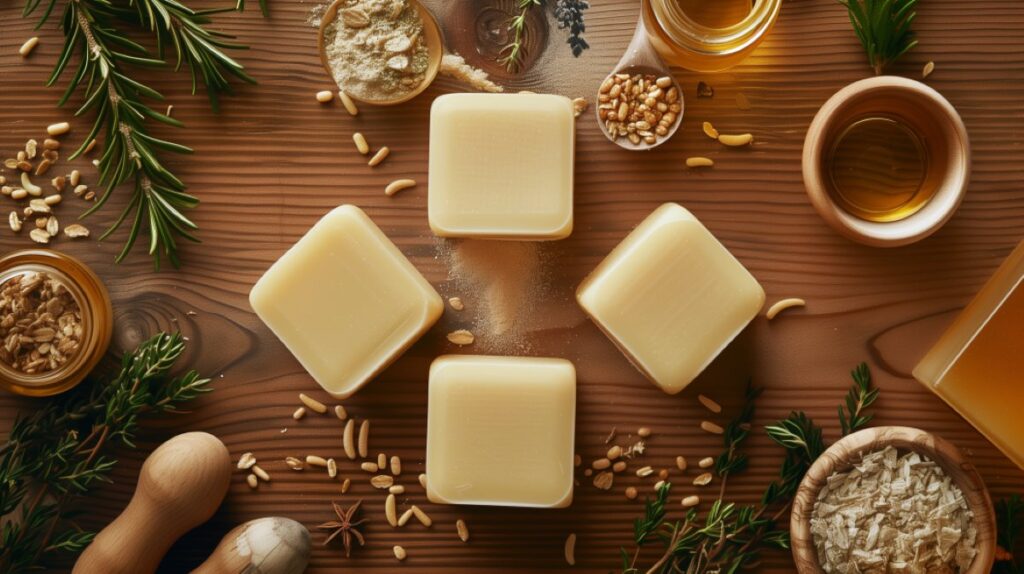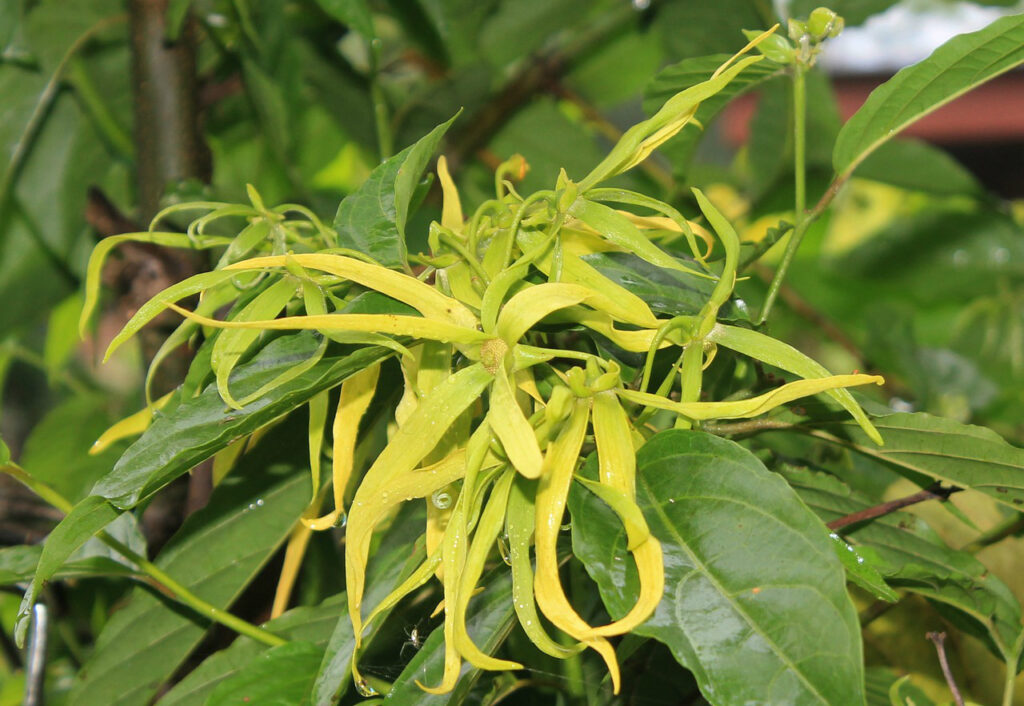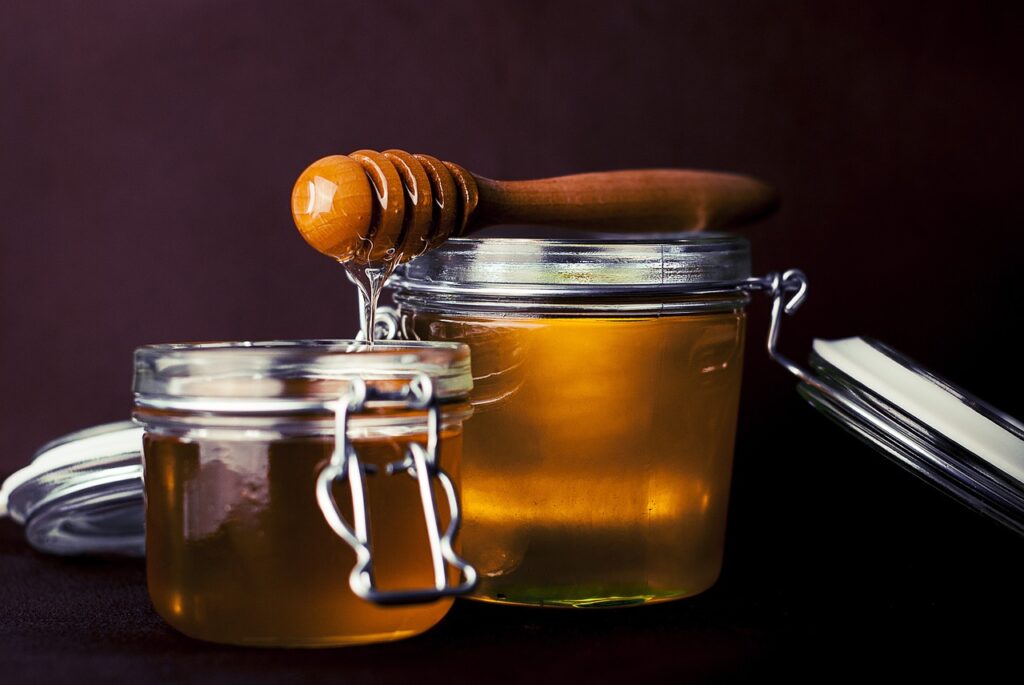How to Use a Lotion Bar: Top Tips + 4 Seasonal DIY Recipes
Lotion bars are a solid form of moisturizer that offers a great alternative to traditional liquid lotions. Unlike typical lotions in a pump or a bottle, these concentrated bars are typically made from a blend of natural oils and beeswax, providing a portable, no-mess application.
- Lotion Bars: Benefits, Ingredients, and Skin Types
- Daily Routine: 5 Preparation and Usage Tips
- 4 Lotion Bar Recipes for Each Season
- Lotion Bar Varieties and Tailoring to Your Skin Type
- How to Use a Lotion Bar FAQs
- What are the steps for applying a lotion bar to the skin?
- Can lotion bars be used on all skin types?
- Can I use lotion bars on sensitive skin areas?
- Is it possible to use lotion bars during a showering routine?
- What is the best way to store lotion bars to maintain their quality?
- How do solid lotion bars compare to traditional lotions in terms of effectiveness?
- Do I need to use other moisturizers if I'm using lotion bars?
They are gaining popularity for their eco-friendliness and effectiveness in moisturizing dry skin, with the added benefit of having a straightforward ingredient list that often excludes fillers, preservatives, and artificial fragrances.
To use a lotion bar, your approach is as simple as its composition.
- Warm the bar between your hands for a few seconds to melt a small amount of the product with your body heat.
- Apply it directly to dry areas of your skin, like elbows, heels, or knees. The warmth of your skin will further melt the bar, allowing you to glide it over your skin easily.
We especially recommend using these after showering when your pores are open, and your skin is primed for maximum absorption.
Consider lotion bars as an all-natural, chemical-free alternative to keep your skin hydrated. Whether you’re at home or on the go, solid lotion bars can be a convenient way to care for your skin sustainably.
Lotion Bars: Benefits, Ingredients, and Skin Types
Lotion bars provide a concentrated, portable solution for moisturizing your skin, utilizing natural ingredients that cater to various skin types. In addition to that, if you’re making your own lotion bars, you can tailor the ingredients precisely to your own skin type.
Why Use Lotion Bars at All?
You might choose lotion bars for their convenience, natural ingredients, and eco-friendliness. As a solid form of lotion, they’re easy to handle and apply, eliminating the need for plastic containers.
- They’re a zero-waste skincare option.
- For DIY lotion bars, you choose each and every ingredient.
- Formulations can be customized to skin types and applications.
- Compared to lighter lotions and moisturizers, they keep your skin hydrated for longer.
- They’re a zero-mess moisturization solution for whenever you’re on the go.
Lotion bars are just as versatile as they are effective. If they aren’t already a core component of your skincare routine, they should be!
Differences Between Lotion Bars and Liquid Lotions
Unlike liquid lotion that comes in bottles, solid body lotion bars remain solid at room temperature and melt slightly when rubbed against the warmth of your skin.
This direct application ensures that you use the exact amount needed, reducing waste.
Benefits of Using a Lotion Bar
Lotion bars are typically made from natural ingredients such as beeswax, mango butter, shea butter, and cocoa butter, enhancing skin moisture and repair without additives.
The inclusion of vitamin E and natural plant oils, like avocado oil or jojoba oil, offers additional nourishment. You’ll also receive many of their varied skin benefits when essential oils are added, depending on the EOs you use.
Key Ingredients in Lotion Bars
Most lotion bars are a blend of many of the natural ingredients mentioned previously. Let’s take a deeper look below.
- Beeswax: Acts as a skin barrier
- Plant Butter: Options such as shea or cocoa provide deep and lasting moisturization.
- Natural oils: Soften and nourish the skin. Depending on the oils, they can help the lotion bars to glide on more smoothly.
- Essential oils: Gives an endless option of fragrance blends and leverages the benefits of aromatherapy. Additionally, certain essential oils provide additional skin benefits, creating a sensory experience tailored to your preferences.
Suitable Skin Types for Lotion Bars
Whether your skin is dry, sensitive, or prone to various skin issues, lotion bars can be beneficial.
Their natural composition is gentle on the skin, while certain formulations target specific conditions with tailored ingredients like organic oils and butters for intensive care.
Daily Routine: 5 Preparation and Usage Tips
Incorporating a lotion bar into your daily skincare routine can offer a convenient and effective means of hydration. Follow these steps to achieve optimal moisturization with a non-greasy feel, making the most of your lotion bar’s benefits.
1.) How to Apply a Lotion Bar
To apply a lotion bar, ensure your hands are clean and then hold the bar between them. Your body heat will soften the bar.
Glide the bar over your skin, particularly dry areas, using a small amount.
Your skin’s warmth will help the bar deposit a thin layer of rich moisturizer.
2.) Best Time to Use a Lotion Bar
The best time to use a lotion bar is after a shower when your skin is still slightly damp and warm.
The residual warmth and moisture help the bar glide smoothly, and the ingredients lock in hydration for a long-lasting, non-greasy feel.
3.) Storage and Care for Lotion Bars
Store your lotion bar in a dry place, away from direct sunlight, and at room temperature.
A cool environment or a reusable tin is ideal to extend its shelf life and maintain its consistency.
4.) Traveling with Lotion Bars
Lotion bars are perfect for travel due to their solid form.
- Pack them in a reusable tin to keep them secure.
- Keep them out of the sunlight and out of the heat. They will melt if exposed to heat. If that happens, no worries; they’ll solidify again at room temperature.
- We recommend just carrying one or two at any given time. They’re so convenient and easy to use anywhere.
- In most cases, you’ll be able to bring lotion bars on the plane, and they won’t exceed the 3.4-ounce rule.
5.) Additional Best Practices for Hydrating Moisturization
For best results, use your lotion bar on your entire body and repeat usage throughout the day as needed.
Remember, a small amount goes a long way, and consistent use increases efficacy.
4 Lotion Bar Recipes for Each Season
In dry climates or winter, include more fatty oils for extra protection, while in humid seasons, opt for a formulation with a lighter, non-greasy feel. Here are a few customizable recipes for each of the four seasons.
Spring Lotion Bar:
- 3 oz Beeswax
- 2 oz Coconut oil
- 2 oz Jojoba oil
- 1 oz Rosehip oil (for its skin rejuvenating properties)
- A few drops of rose geranium essential oil (for a floral scent reminiscent of spring blooms)
Summer Lotion Bar:
- 3 oz Beeswax
- 2 oz Shea butter (to help protect the skin)
- 2 oz Avocado oil (for its light yet moisturizing properties)
- 1 oz Cocoa butter (for a hint of tropical scent)
- A few drops of lemon essential oil (for a refreshing citrus scent)
Autumn Lotion Bar:
- 3 oz Beeswax
- 2 oz Sweet almond oil (for a soothing effect on the skin)
- 2 oz Hemp seed oil (rich in omega fatty acids)
- 1 oz Mango butter (for its softening properties)
- A few drops of cinnamon essential oil (for a warming, autumnal scent)
Winter Lotion Bar:
- 3 oz Beeswax
- 3 oz Coconut oil (for its deep moisturizing benefits in dry winter air)
- 2 oz Tamanu oil (for its reputed skin-healing properties)
- 1 oz Shea butter (to help protect against the harsh winter elements)
- A few drops of peppermint essential oil (for a festive and invigorating scent)
For each recipe, you can follow these general instructions:
- Melt the beeswax, butters, and oils together in a double boiler.
- Once everything is fully melted and combined, remove from heat.
- Stir in the essential oils.
- Carefully pour the mixture into molds of your choice and let them cool.
- Once solidified, pop the lotion bars out of the molds.
- Store them in a cool, dry place or package them for future use.
Remember, you can adjust the scent by adding more or less essential oil, and you can also add other skin-loving ingredients like vitamin E oil for extra nourishment. Customize the essential oils to your preference, but always ensure they are skin-safe and used in appropriate dilutions.
Lastly, always do a patch test with homemade skincare products to ensure you don’t have a reaction to any of the ingredients, especially if you have sensitive skin or known allergies.
Lotion Bar Varieties and Tailoring to Your Skin Type
Lotion bars provide a solid, concentrated moisture treatment using natural oils and can be customized for your skin type, from dry to sensitive.
Scented vs. Unscented Lotion Bars
Scented lotion bars often incorporate essential oils such as lavender essential oil for a relaxing aroma or lemon for a refreshing scent.
These natural scents can offer therapeutic benefits; for example, lavender is known for its calming properties.
On the other hand, unscented lotion bars are perfect if you prefer no fragrance or have sensitive skin that might react to essential oils or synthetic fragrances.
Lotion Bars for Different Purposes
You can choose lotion bars designed for specific purposes beyond simple moisturizing.
- Some are formulated as in-shower lotion bars, providing hydration directly in the humidity of your shower for greater absorption.
- Others might be created for massaging, with a slightly different composition of oils that helps the bar glide smoothly over the skin, doubling as massage oils.
- Lip balms are a more targeted type of hard lotion bar specifically designed for the delicate skin of your lips.
Specialty Lotion Bars
For those looking to address particular skin concerns, specialty lotion bars are the way to go.
- These can be packed with various natural oils, like coconut or argan oil, which are particularly nourishing for dry hair or flaky skin.
- If you engage in activities that stress your skin, look for bars containing ingredients like menthol for a cooling effect.
Specialty bars can even come in unique forms, such as being shaped with a soap mold or packaged in a soap-saver bag for convenience and extended use.
How to Use a Lotion Bar FAQs
What are the steps for applying a lotion bar to the skin?
First, hold the lotion bar in your hands to warm it up. Once softened, gently rub it directly onto your skin areas that need moisturization. We recommend especially using lotion bars after showering to seal in hydration.
Can lotion bars be used on all skin types?
Lotion bars are generally safe for all skin types as they contain natural ingredients, but you should always check the specific product for any potential allergens.
If you’re making your own, the solution is simple. Use ingredients that you know don’t irritate your skin, and patch test if you’ve included ingredients you haven’t used before.
Can I use lotion bars on sensitive skin areas?
Yes, in most cases, lotion bars can be gentle enough for sensitive skin areas. That said, it ultimately will depend on the ingredients in the lotion bar you’re using.
Opt for unscented or fragrance-free versions to minimize irritation.
Is it possible to use lotion bars during a showering routine?
Applying lotion bars during your shower routine is possible. Apply to warm, damp skin after showering for easier absorption.
What is the best way to store lotion bars to maintain their quality?
Store lotion bars in a cool, dry place away from direct sunlight. Using a protective container can also prevent them from melting or getting damaged.
As with most beauty products, moisture can lead to premature spoilage. So again, keep them dry!
How do solid lotion bars compare to traditional lotions in terms of effectiveness?
Solid lotion bars can be just as effective as traditional lotions. They often contain concentrated natural ingredients that provide intense hydration.
Do I need to use other moisturizers if I’m using lotion bars?
You may not need additional moisturizers if a lotion bar meets your skin hydration needs, but some may prefer to use them for specific skin concerns or applications.
For example, we would prefer to use a light natural moisturizer on the face that isn’t greasy, and that isn’t comedogenic (doesn’t clog the pores).


